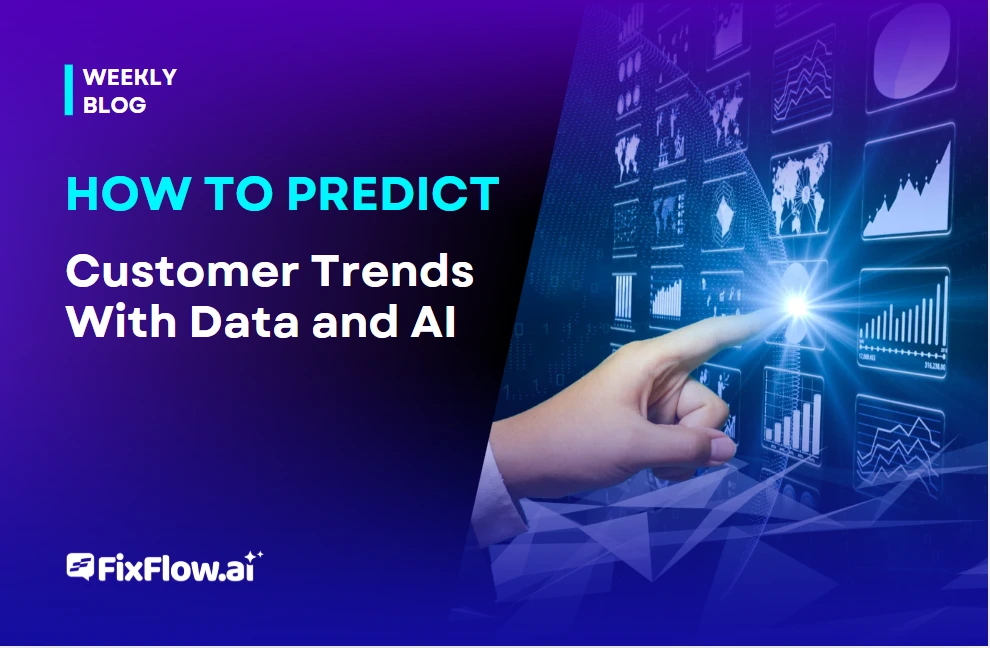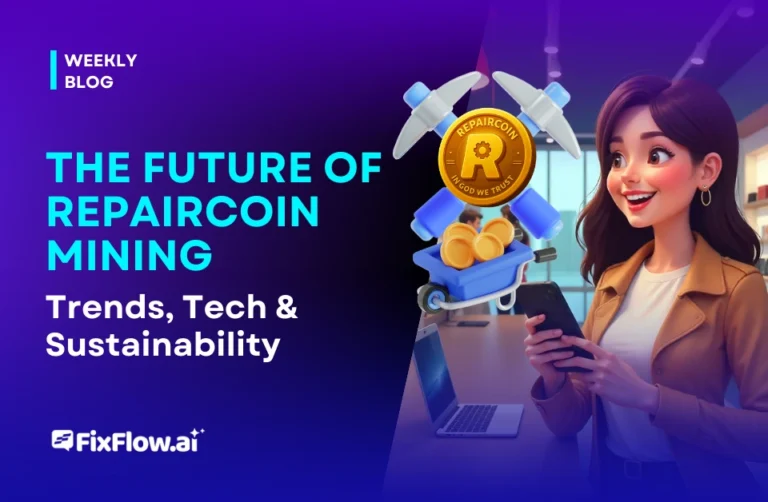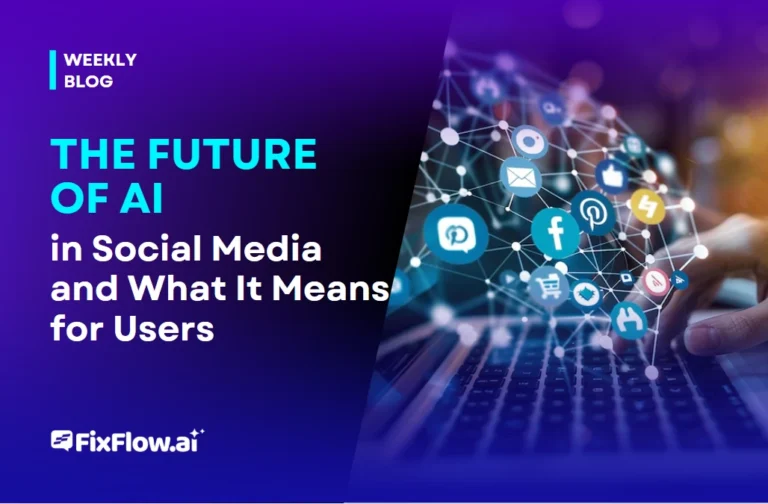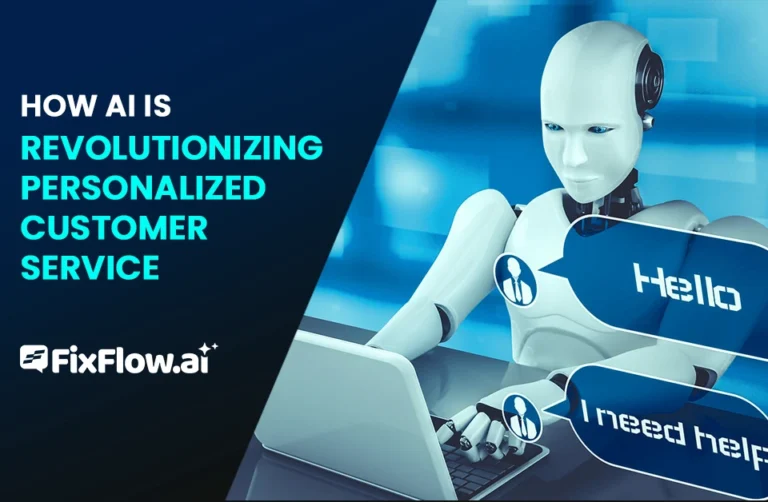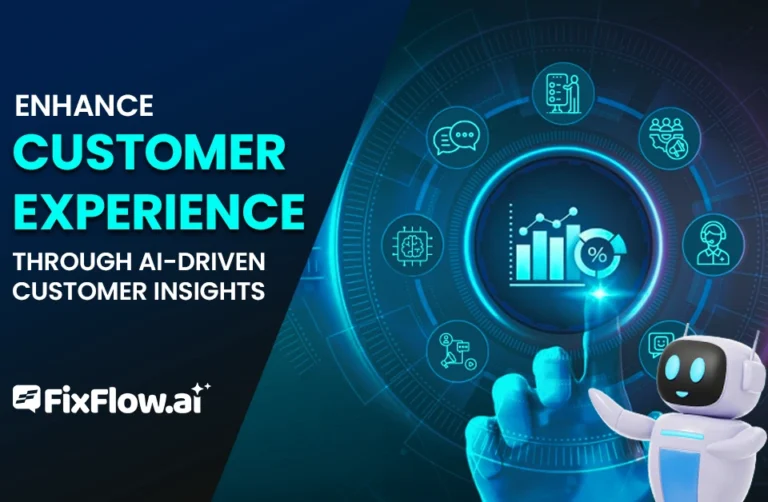How to Predict Customer Trends With Data and AI
To predict customer trends using data and AI, you’ll need to collect data from diverse sources, including transactions, social media, and website interactions. Utilize AI tools, such as predictive analytics platforms and sentiment analysis, to identify patterns that humans might overlook. Build cross-functional teams to translate insights into action, and continuously refine your models based on performance metrics. The most successful organizations don’t just react to trends—they anticipate them before competitors even notice the signals.
The Evolution of Customer Trend Prediction
Decades ago, businesses relied almost exclusively on intuition and experience to anticipate customer needs. Marketing executives would make decisions based on limited focus groups or sales reports that arrived weeks after events occurred.
Today’s landscape looks dramatically different. You’re now equipped with powerful tools for data-driven decision-making that transform raw information into actionable insights. The integration of AI in market trend analysis has revolutionized how companies detect emerging patterns and predict future customer behaviors.
What once took months of manual analysis can now happen in real-time. You can identify micro-shifts in consumer preferences before they become mainstream, giving your business the critical advantage of anticipating market changes rather than reacting to them after competitors have already capitalized on the opportunity.
Essential Data Sources for Accurate Trend Forecasting
While intuition still plays a role in business strategy, successful trend forecasting relies on diverse, high-quality data sources that capture the full spectrum of customer behavior.
Your primary sources should include transactional data, which reveals what customers actually purchase, and digital interaction data from your website and apps for real-time trend detection. Don’t overlook social listening platforms that capture unfiltered consumer conversations, or search analytics that reveal emerging interests before they peak.
Customer feedback, both direct (surveys and reviews) and indirect (support tickets), provides essential context for analyzing customer behavior. The most powerful insights often emerge when combining these sources through integrated data platforms that connect previously siloed information, allowing patterns to emerge that wouldn’t be visible from any single source alone.
AI Tools and Techniques That Enhance Predictive Capabilities
As businesses accumulate vast amounts of customer data, the real competitive advantage lies in their ability to extract actionable insights through AI-powered tools and techniques. Today’s predictive analytics platforms can transform raw customer information into strategic foresight, identifying patterns humans might miss.
Leading AI forecasting tools, such as Einstein Analytics and IBM Watson, offer plug-and-play solutions that detect emerging trends before they become mainstream. These systems employ sophisticated algorithms ranging from regression analysis to deep learning neural networks, each excelling at different prediction tasks. For maximum impact, combine tools that excel in various functions such as sentiment analysis to gauge emotional responses, clustering algorithms to identify customer segments, and anomaly detection to flag unexpected shifts in behavior patterns. The right combination will help you anticipate customer needs before competitors even notice them.
Implementing Predictive Analytics in Your Business Strategy
Nearly every successful implementation of predictive analytics begins with a clear strategic framework rather than simply deploying technology. To integrate data-driven customer insights effectively, you must align your predictive capabilities with specific business objectives—whether that’s reducing churn, identifying cross-selling opportunities, or discovering emerging market segments.
Start by defining measurable KPIs that predictive models can impact, then guarantee your data infrastructure can support these goals. Don’t attempt to predict everything at once; focus on high-value business questions where even small improvements yield significant returns. Build cross-functional teams that combine data scientists with domain experts who understand customer behavior in a contextual context. Finally, establish feedback loops to continually refine your models as new data emerges and market conditions evolve.
Measuring Success and Refining Your Trend Prediction Models
Every successful prediction model requires ongoing evaluation against real-world outcomes. Your customer trend analytics framework should track key performance indicators that directly tie to business objectives, such as conversion rates, customer acquisition costs, and revenue growth.
When measuring effectiveness, compare your model’s predictions against actual market developments using confusion matrices and ROC curves to quantify accuracy. Don’t just collect data; analyze it through the lens of your data analytics marketing strategy.
Refinement comes through continuous learning. Schedule quarterly model audits where you:
- Identify prediction errors
- Update algorithms with fresh training data
- Eliminate variables that create noise
- Add emerging signals that improve accuracy
Remember that even the most sophisticated models drift over time as consumer behaviors evolve.
Frequently Asked Questions
How Far in Advance Can AI Reliably Predict Customer Trends?
You’ll find that AI can reliably predict customer trends anywhere from 3-18 months in advance, depending on your data quality and industry volatility. Short-term predictions (3-6 months) typically offer 80-90% accuracy, while long-term forecasts (12 months or longer) drop to 60-70% reliability. The more historical data you’ve collected and the more stable your market, the further ahead you can confidently predict trends with AI systems.
Can Small Businesses Afford AI Trend Prediction Tools?
Yes, you can absolutely afford AI trend prediction tools as a small business. Many platforms offer tiered pricing with affordable entry points, such as Google Trends (free), social listening tools (starting at around $50/month), or AI-enabled analytics in services you may already use. You’ll also find open-source options and freemium models that let you start small. The key is beginning with focused goals rather than trying to implement enterprise-level solutions immediately.
How Do You Differentiate Between Temporary Fads and Lasting Trends?
To differentiate between temporary fads and lasting trends, you’ll need to analyze longevity patterns. Look for sustained growth over multiple quarters rather than sharp spikes. Monitor adoption across diverse customer segments, trends across demographics, while fads often remain isolated. Track the underlying consumer need trends to solve fundamental problems, whereas fads are typically driven by novelty. Finally, measure repeat engagement; true trends show consistent interaction over time, not just initial excitement.
What Ethical Considerations Arise When Predicting Customer Behavior?
When predicting customer behavior, you’ll face ethical challenges around privacy, consent, and transparency. Always ensure you’re collecting data with proper permission and clearly communicating how it will be used. Watch for algorithmic bias that might unfairly profile certain groups. Don’t manipulate vulnerable populations through your predictions. Remember that just because you can predict something doesn’t mean you should act on it without considering potential harm.
How Do Global Economic Factors Affect AI Trend Predictions?
Global economic factors drastically impact your AI trend predictions. Inflation, interest rates, and shifts in employment alter consumer spending patterns; your models must account for these. You’ll need to integrate macroeconomic indicators into your datasets and retrain models in response to economic changes. Remember that AI predictions trained on boom-time data won’t perform well during recessions. Using multiple economic scenarios in your forecasting will help you be prepared for various economic conditions.

